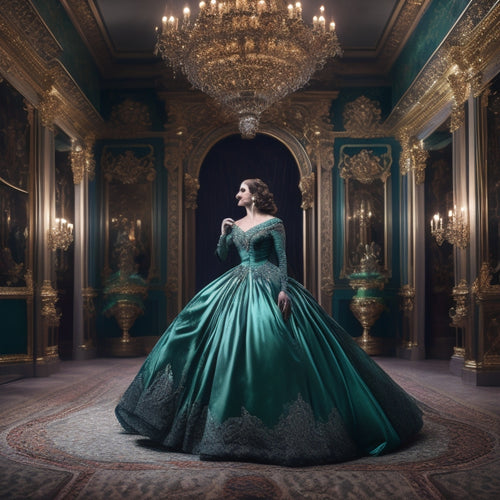
Ballet Tights: A Dancers Second Skin
Share
H2: The Importance of Ballet Tights in a Dancer's Wardrobe
Ballet tights are a crucial component of a ballet dancer's attire, performing a variety of functions to ensure optimum performance, comfort, and safety during training and performances. Often made from a blend of materials, such as nylon, lycra, and spandex, ballet tights are specifically designed to be durable, flexible, and offer adequate support to the legs and feet. In this article, we will explore the various aspects of ballet tights, including their purpose, the different styles available, and the key factors to consider when purchasing and caring for them.
H3: Why Wearing the Right Ballet Tights is Essential
Ballet tights serve several purposes in a dancer's wardrobe. Firstly, they provide a uniform appearance for the dancer, helping to create clean lines and a polished overall look. Second, ballet tights offer essential support to the legs and improve circulation, which can help prevent fatigue and muscle strain during long hours of practice or performances. Additionally, the reinforced toe and durable materials of ballet tights ensure they are resistant to wear and tear, providing longevity and value for money.
H3: The Various Styles and Colors of Ballet Tights
When it comes to ballet tights, there is a wide array of styles and colors to choose from, catering to every dancer's preferences. Some of the most common types include:
1. Footed tights: The most traditional ballet tight style, footed tights cover the entire foot and are ideal for dancers of all levels.
2. Convertible tights: These versatile tights feature a small hole under the foot, allowing the dancer to switch between wearing them footed or footless with ease. Convertible tights are a popular choice for dancers who perform various dance styles and require easy access to the feet for pointe work or barefoot exercises.
3. Stirrup tights: Stirrup tights come with a loop that wraps around the arch of the foot, leaving the heel and the ball of the foot exposed. This design provides support while allowing full contact with the floor's surface.
4. Footless tights: These tights end at the ankle, suitable for contemporary or modern dance styles that require bare feet.
Ballet tights are available in an assortment of colors such as pink, black, white, and various shades of nude to match the dancer's skin tone. While pink tights are often worn during performances, black and nude-colored tights are commonly used for practices and classes.
H3: Factors to Consider When Purchasing Ballet Tights
Finding the perfect pair of ballet tights involves considering multiple factors, such as:
1. Material: Look for high-quality, durable materials like nylon and lycra blends which offer optimum support and flexibility.
2. Size: Always consult the size chart and, if possible, try on the tights to ensure a comfortable and secure fit. A well-fitted pair of tights should not be too tight, restricting movement, or too loose, causing sagging.
3. Comfort: As a dancer, you will spend many hours wearing ballet tights, so it is essential they are breathable, moisture-wicking, and have a soft waistband that does not dig into your skin.
4. Color: Ensure you have the appropriate colors for different classes, rehearsals, and performances.
H3: How to Properly Care for Ballet Tights
To prolong the life of your ballet tights and keep them in good condition, it is vital to follow the correct care guidelines. This includes washing them by hand or using a gentle machine cycle with cold water and mild detergent, never using chlorine bleach, and allowing them to air dry instead of placing them in a dryer. Additionally, be cautious while wearing tights to avoid snagging them on sharp objects such as jewelry, zippers, or rough surfaces.
H2: In Conclusion
Ballet tights are an indispensable part of a dancer's wardrobe, serving a multitude of purposes such as offering support, improving circulation, and creating a refined appearance. By understanding the various styles, colors, and factors to consider when purchasing and caring for ballet tights, dancers can ensure they have the right attire to perform optimally and confidently in the studio or on stage.
Related Posts
-

3 Essential Marketing Tips for Dance Makeup Artists
To shine online and attract new clients, you'll need a solid marketing strategy. First, boost your online visibility ...
-

Dance Maestro Zoe Rappaport Steals the Spotlight
Zoe Rappaport's illustrious career has cemented her status as a visionary Maestro, driving innovation in movement dir...

